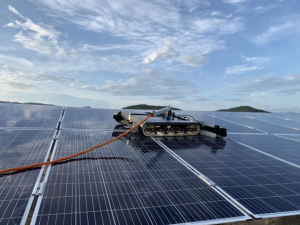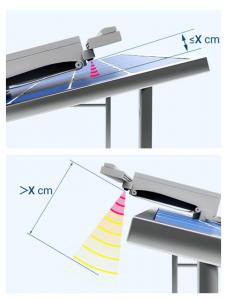Photovoltaics clean the track. Due to the promotion of new energy and the popularity of photovoltaics in recent years, the proportion of photovoltaic panels has also become higher and higher. A large proportion of photovoltaic panels are arranged and installed in relatively sparsely populated areas. Many of them are in the desert and Gobi areas of the northwest, where water resources and artificial labor are relatively scarce. If the photovoltaic panels are not cleaned in time, it will affect the conversion efficiency of solar energy. In severe cases, the conversion efficiency will be reduced by about 30%. Therefore, regular cleaning of photovoltaic panels has become a routine task. In the past, when the overall level of intelligence was not high, cleaning work could only be done manually or with auxiliary cleaning vehicles. With the development of intelligence in recent years, the maturity of various technologies and product capabilities of AI and robots, and their penetration into various fields, using robots to do this type of cleaning work has become a possibility and option.
The basic working logic of photovoltaic cleaning robots. For example, the robot walks around the trajectory, builds maps, edits, and plans paths, and then relies on positioning, vision, SLAM and other technologies to work.
The positioning of photovoltaic cleaning robots currently mainly relies on ultrasonic ranging sensors. The sensors are installed at the bottom of the photovoltaic robot to measure the distance from the sensor to the photovoltaic panel and detect whether the robot reaches the edge of the photovoltaic panel.
In fact, although the photovoltaic cleaning scene is relatively niche, in terms of work logic and technical solutions, it has many similarities with home sweeping robots, yard lawn mowing robots and swimming pool cleaning robots. They are all mobile robots and mainly need to be built. Chart, planning control, positioning and perception recognition technologies. Even, in some aspects, it has some similarities with curtain wall cleaning robots.
Of course, at the technical level, these types of products also have the integration of multiple solutions.
By the way, there are also differences in plans between open scenes and closed scenes. Photovoltaic cleaning is a relatively closed scene, that is, the scene and working path are relatively fixed. Unlike other mobile robots such as household sweeping robots and lawn mowing robots that consider too many complex obstacles, the photovoltaic panel scenario is relatively simple. The most important thing is path planning and robot positioning to avoid falling photovoltaic panels.
Open scenes are another matter. Especially for mobile robots in outdoor open scenes, positioning and perception recognition are relatively big challenges. At the same time, various extreme situations must be considered. For example, some courtyard mobile robot manufacturers mostly use integrated positioning solutions, and other similar scenarios also have similarities.
It can be seen that in this process, the mobile robot actually uses many technical solutions of low-speed driverless cars.
In short, the photovoltaic cleaning scene is indeed a relatively niche scene, but due to the importance of this type of new energy in the future development, and the pain points of photovoltaic cleaning, it is also a promising track, depending on the product strength and comprehensiveness. There are cost considerations.
Post time: Jul-18-2024


